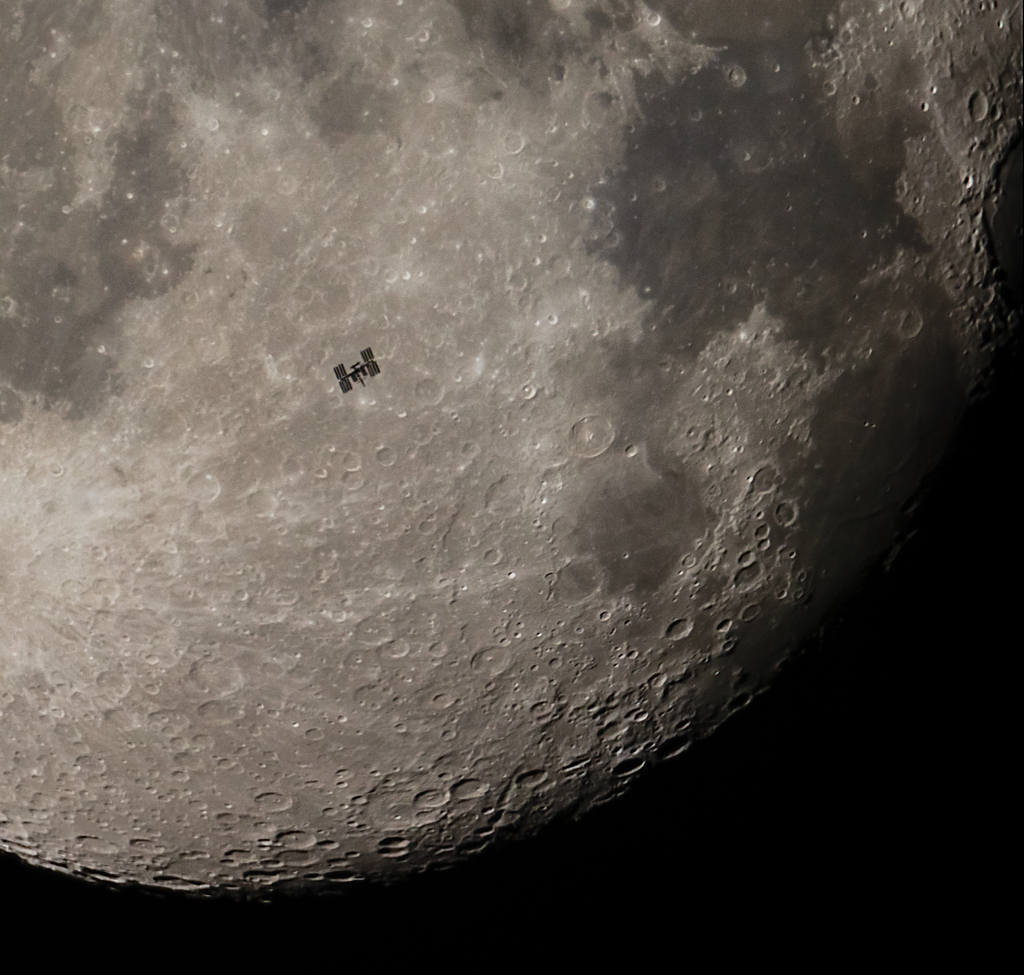Blog
Kenny Cox (November 8, 1940 – December 19, 2008) was a jazz pianist performing in the post bop, hard bop and bebop mediums. Cox was pianist for singer Etta Jones during the 1960s and was also a member of a quintet led by trombonist George Bohannon. By the end of the late 1960s he had formed his own Kenny Cox and the Contemporary Jazz Quintet, which recorded two albums for Blue Note Records before the end of the decade. Cox has appeared as a contributor on various albums, and has also performed live with such musicians as Rahsaan Roland Kirk, Eddie Harris, Jackie McLean, Roy Haynes, Ben Webster, Wes Montgomery, Kenny Dorham, Philly Joe Jones, Kenny Burrell, Donald Byrd, Roy Brooks, Charles McPherson, and Curtis Fuller. During the 1980s he formed the Detroit-based Guerilla Jam Band, a group which performed with Regina Carter, James Carter, Tani Tabbal, and Craig Taborn. Cox was responsible for the short-lived Strata Records.
He died in his Detroit home of lung cancer at the age of 68.
more...New Orleans native son Warren Battiste, is another one of those unsung heroes in the annals of jazz who deserve more recognition for their contributing efforts to the cause of American music.
Warren Battiste was born in New Orleans in 1925 and was taught to play the guitar by his father who was a banjo player at Preservation Hall. Warren then completed 4 years of instructions at Gruenwald Music School in New Orleans, where he became proficient not only on guitar, but also bass, banjo and piano.
He was the first guitarist to play with Fats Domino on a regular basis, and went on to play with Illinois Jacquet in New York. This has given him a very broad knowledge from classic blues to R&B and jazz, which is displayed in his playing.
In New Orleans Warren has performed at numerous jazz clubs on Bourbon Street, Preservation Hall, Snug Harbor, the Matador and many others. Warren also appeared in the film “Shy People” starring Jill Clayburgh and Barbara Hershey. He has taught music at Wequachie High School, Essex County College and the Newark Art Center in Newark, New Jersey. Warren has performed with fellow guitarist George Benson,organist Jimmy McGriff, and accompanied classic vocal groups as The Platters and The Inkspots to name a few
https://www.youtube.com/watch?v=G7BRmiOoFHE&list=PLEB3LPVcGcWZ0hsQ5_jgSMhawAnDzy1io&index=28
more...These are galaxies of the Hercules Cluster, an archipelago of island universes a mere 500 million light-years away. Also known as Abell 2151, this cluster is loaded with gas and dust rich, star-forming spiralgalaxies but has relatively few elliptical galaxies, which lack gas and dust and the associated newborn stars. The colors in this deep composite image clearly show the star forming galaxies with a blue tint and galaxies with older stellar populations with a yellowish cast. The sharp picture spans about 1/2 degree across the cluster center, corresponding to over 4 million light-years at the cluster’s estimated distance. Diffraction spikes around brighter foreground stars in our own Milky Way galaxy are produced by the imaging telescope’s mirror support vanes. In the cosmic vista many galaxies seem to be colliding or merging while others seem distorted – clear evidence that cluster galaxies commonly interact. In fact, the Hercules Cluster itself may be seen as the result of ongoing mergers of smaller galaxy clusters and is thought to be similar to young galaxy clusters in the much more distant, early Universe.

David Spencer Ware (November 7, 1949 – October 18, 2012) was an American jazz saxophonist, composer, and bandleader.
Ware was born in Plainfield, New Jersey, grew up in Scotch Plains, New Jersey, graduated from Scotch Plains-Fanwood High School, and briefly attended the Berklee College of Music. He moved to NYC in 1973, where he participated in the loft jazz scene, and later worked as a cab driver for 14 years in order to focus on his own group concept. In the early 1980s, he returned to Scotch Plains with his wife Setsuko S. Ware.
Ware’s debut album as a leader was recorded in 1977 – together with pianist Gene Ashton (aka Cooper-Moore) and drummer Marc Edwards – and released by HatHut in 1979. He performed and recorded with the groups of pianist Cecil Taylor and drummer Andrew Cyrille in the mid-late 1970s. He formed his own quartet in 1989. The group was originally composed of Ware, pianist Matthew Shipp, bassist William Parker, and drummer Marc Edwards. While Shipp and Parker were members for the group’s entire existence, the drum chair was later occupied by Whit Dickey, Susie Ibarra, and Guillermo E. Brown.
more...Roberta Joan “Joni” Mitchell CC (née Anderson; born November 7, 1943) is a Canadian singer-songwriter. Drawing from folk, pop, rock, and jazz, Mitchell’s songs often reflect social and environmental ideals as well as her feelings about romance, confusion, disillusionment, and joy. She has received many accolades, including nine Grammy Awards and induction into the Rock and Roll Hall of Fame in 1997. Rolling Stone called her “one of the greatest songwriters ever”, and AllMusic has stated, “When the dust settles, Joni Mitchell may stand as the most important and influential female recording artist of the late 20th century”.
Mitchell began singing in small nightclubs in Saskatoon, Saskatchewan, and throughout western Canada, before busking in the streets and nightclubs of Toronto, Ontario. In 1965, she moved to the United States and began touring. Some of her original songs (“Urge for Going”, “Chelsea Morning“, “Both Sides, Now“, “The Circle Game“) were covered by other folk singers, allowing her to sign with Reprise Records and record her debut album, Song to a Seagull, in 1968. Settling in Southern California, Mitchell, with popular songs like “Big Yellow Taxi” and “Woodstock“, helped define an era and a generation. Her 1971 album Blue is often cited as one of the best albums of all time; it was rated the 30th best album ever made in Rolling Stone‘s 2003 list of the “500 Greatest Albums of All Time“, rising to No. 3 in the 2020 edition. In 2000, The New York Times chose Blue as one of the 25 albums that represented “turning points and pinnacles in 20th-century popular music”. In 2017, NPR ranked Blue number 1 on a list of Greatest Albums Made By Women. Mitchell’s fifth album, For the Roses, was released in 1972. She then switched labels and began exploring more jazz-influenced melodic ideas, by way of lush pop textures, on 1974’s Court and Spark, which featured the radio hits “Help Me” and “Free Man in Paris” and became her best-selling album.
Around 1975, Mitchell’s vocal range began to shift from mezzo-soprano to more of a wide-ranging contralto. Her distinctive piano and open-tuned guitar compositions also grew more harmonically and rhythmically complex as she explored jazz, melding it with influences of rock and roll, R&B, classical music and non-western beats. In the late 1970s, she began working closely with noted jazz musicians, among them Jaco Pastorius, Wayne Shorter, Herbie Hancock, and Pat Metheny as well as Charles Mingus, who asked her to collaborate on his final recordings. She later turned again toward pop, embraced electronic music, and engaged in political protest. In 2002, she was awarded a Lifetime Achievement Award at the 44th Annual Grammy Awards.
more...Alvin Batiste (November 7, 1932 – May 6, 2007) was an Avant-garde jazz clarinetist born in New Orleans, Louisiana. He taught at his own jazz institute at Southern University in Baton Rouge. His final album was a tribute produced by Branford Marsalis and also features Russell Malone and Herlin Riley. Several well-known musicians studied under Batiste while at Southern University. They include Branford Marsalis, Randy Jackson (American Idol), his brother Herman, Donald Harrison, Henry Butler, Charlie Singleton (Cameo), Ronald Myers and Woodie Douglas (Spirit).
He died in New Orleans of a heart attack in his sleep, aged 74.
more...D. Maria Teresa do Carmo de Noronha, (November 7, 1918, Lisbon – July 4, 1993) was a Portuguese aristocrat and a fado singer. As a granddaughter of the Counts of Paraty and Belmonte, she belonged to a family of the most ancient Nobility in the Iberian Peninsula, tracing her roots to the Royal Houses of both Portugal and Castile from the mid-14th century. Her artistic career spanned over 30 years and hers is considered one of the most unusual and beautiful fado voices. Her status as a fidalga meant, in the context of a conservative early 20th century Portugal, that she faced severe restrictions in having a professional artistic career As such, she did not enjoy the projection of other great fadistas of her time.
more...Howard Rumsey (November 7, 1917 – July 15, 2015) was an American jazz double-bassist known for his leadership of the Lighthouse All-Stars in the 1950s.
Born in Brawley, California, Rumsey first began playing the piano, followed by the drums and finally the bass. After jobs with Vido Musso and Johnnie Davis, Rumsey became part of Stan Kenton‘s first band. Rumsey soon left Kenton after an argument. He played with Charlie Barnet and Barney Bigard before taking a short hiatus from music. Following this absence from music, Rumsey returned to the Los Angeles jazz scene to form the group the Lighthouse All-Stars. For most of the 1950s this group played each Sunday at the Lighthouse Cafe in Hermosa Beach. During its lifetime, the Lighthouse All-Stars were one of the primary modern jazz institutions on the west coast, providing a home for many Los Angeles musicians. Rumsey died from complications of pneumonia in Newport Beach, California, at the age of 97.
more...Conscious Soldier aka mick laBriola 10th appearance on Club Calabash this Friday. Performing songs by the Mighty Diamonds and Marley. Celebrating the Biden climb to a Presidential Win.

Completing one orbit of our fair planet in 90 minutes the International Space Station can easily be spotted by eye as a very bright star moving through the night sky. Have you seen it? The next time you do, you will have recognized the location of over 20 years of continuous human presence in space. In fact, the Expedition 1 crew to the ISS docked with the orbital outpost some 400 kilometers above the Earth on November 2, 2000. No telescope is required to spot the ISS flashing through the night. But this telescopic field of view does reveal remarkable details of the space station captured as it transited the waning gibbous moon on November 3, just one day after the space age milestone. The well-timed telescopic snapshot also contains the location of another inspirational human achievement. About 400,000 kilometers away, the Apollo 11 landing site on the dark,smooth lunar Sea of Tranquility is to the right of the ISS silhouette.

Arturo Sandoval is a Cuban-American jazz trumpeter, pianist, and composer. While living in his native Cuba, Sandoval was influenced by jazz musicians Charlie Parker, Clifford Brown, and Dizzy Gillespie. In 1977 he met Gillespie, who became his friend and mentor and helped him defect from Cuba while on tour with the United Nations Orchestra. Sandoval became an American naturalized citizen in 1998. His life was the subject of the film For Love or Country: The Arturo Sandoval Story (2000) starring Andy García.
Sandoval has won Grammy Awards, Billboard Awards and one Emmy Award. He performed at the White House and at the Super Bowl (1995)
Sandoval was born in Artemisa. As a twelve-year-old boy in Cuba, he played trumpet with street musicians. He helped establish the Orquesta Cubana de Musica Moderna, which became the band Irakere in 1973. He toured worldwide with his own group in 1981. During the following year he toured with Dizzy Gillespie, who became his friend and mentor. From 1982 to 1984, he was voted Cuba’s Best Instrumentalist and was a guest artist at the BBC and Leningrad Symphony Orchestras.
In 1989, Gillespie invited Sandoval to be part of the United Nations Orchestra. During a tour with this group, Sandoval visited the American Embassy in Rome to defect from Cuba. He became an American citizen on December 7, 1998.
Sandoval has performed Latin jazz with Paquito D’Rivera, Tito Puente, and Chico O’Farrill, Cuban music in Miami, and classical music in England and Germany. In the 1990s, he was a member of the GRP All-Star Big Band.
https://www.youtube.com/watch?v=sdNM5aCNokc
more...Joseph Raymond Conniff (November 6, 1916 – October 12, 2002) was an American bandleader and arranger best known for his Ray Conniff Singers during the 1960s. Conniff was born in Attleboro, Massachusetts, United States, and learned to play the trombone from his father. He studied music arranging from a course book.
more...Celebrating the Biden presidential lead as of today!
John Philip Sousa (/ˈsuːsə/;November 6, 1854 – March 6, 1932) was an American composer and conductor of the late Romantic era known primarily for American military marches. He is known as “The March King” or the “American March King”, to distinguish him from his British counterpart Kenneth J. Alford. Among his best-known marches are “The Stars and Stripes Forever” (National March of the United States of America), “Semper Fidelis” (official march of the United States Marine Corps), “The Liberty Bell“, “The Thunderer“, and “The Washington Post“.
Sousa began his career playing violin and studying music theory and composition under John Esputa and George Felix Benkert. His father enlisted him in the United States Marine Band as an apprentice in 1868. He left the band in 1875, and over the next five years he performed as a violinist and learned to conduct. In 1880 he rejoined the Marine Band, and he served there for 12 years as director, after which he organized his own band. From 1880 until his death, he focused exclusively on conducting and writing music. Sousa aided in the development of the sousaphone, a large brass instrument similar to the helicon and tuba.
Upon the outbreak of World War I, Sousa was awarded a wartime commission of lieutenant commander to lead the Naval Reserve Band in Illinois. He then returned to conduct the Sousa Band until his death in 1932. In the 1920s, he was promoted to the permanent rank of lieutenant commander in the naval reserve, but he never saw active service again.
more...It is characterised by a fast rhythm and a redoubled beat. It is more suitable than other flamenco styles to be sung accompanied by flamenco clapping, “jaleo” and other shouts and expresive voices. “Bulerías” constitute an usually dance to finish all flamencos parties (composing a semicircle, people dance in the middle of it a part of the song).
“Loco Mateo” was the first performer of this style, finishing his “soleares or soleás” with “bulerías”. Hence “bulería” results from “solea”. It was originated in the late 19th century. In “Sinfonía Virtual” magazine Guillermo Castro documented that the term “bulería” was used for the first time in the 17th century, but it didn’t acquire its flamenco meaning until the early 20th century. It was earlier believed that the first appearance of this style came up with the painting of José García Ramos “Baile por bulerías” (1884), preserved in the Museum of Fine Arts of Seville. Currently, it’s widely known that this paiting had other titles previously such as “Tango“, “Bailarina” or “El Baile”. It was not until second half of the XX century that it adopted the name “Baile por Bulerías”.
The most flamenco “bulerías” are in Phrygian mode (with the I chord mutation that becomes Major perfect, often combining melodic and harmonic turns on the I and VI).
https://www.youtube.com/watch?v=V86zYV3QXnk
more...
More Posts
- Julian Priester Day
- World Music with Paco De Lucia
- Daily Roots with Alton Ellis & the Heptones
- The Cosmos with Sharpless 2-106
- John Medeski Day
- David Honeyboy Edwards Day
- World Music with Odpoczno
- Daily Roots with Ras Tweed
- The Cosmos with M8
- Johnny “Big Moose” Walker Day
- Elmo Hope Day
- Shad Collins Day
- World Music with Eleftheria Arvanitaki
- Daily Roots with Israel Vibration
- The Cosmos with NGC 1187
- Reggie Workman Day
- Big Bill Broonzy Day
- World Music with Very Be Careful
- Daily Roots with Uwe Banton
- The Cosmos with M20